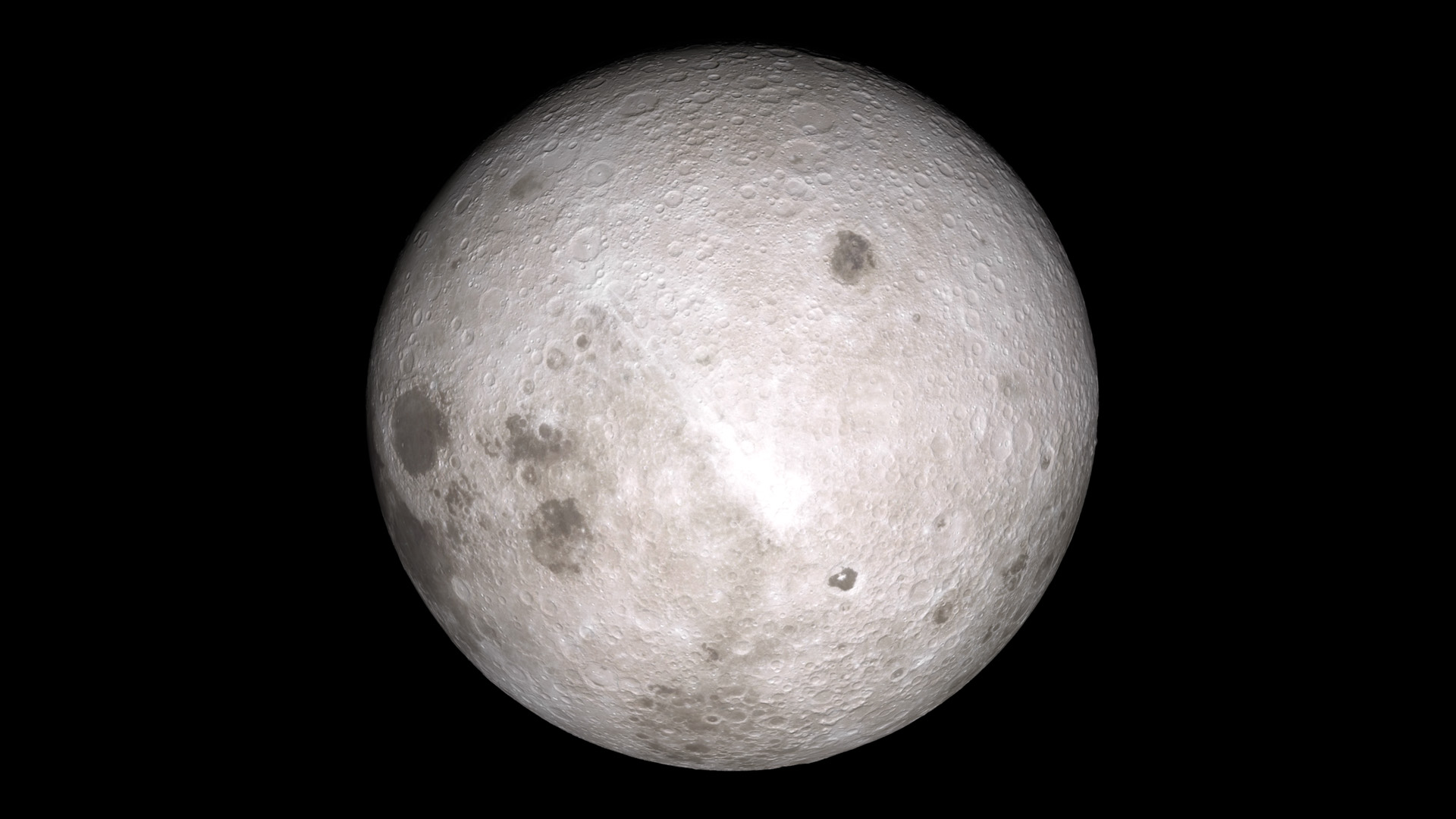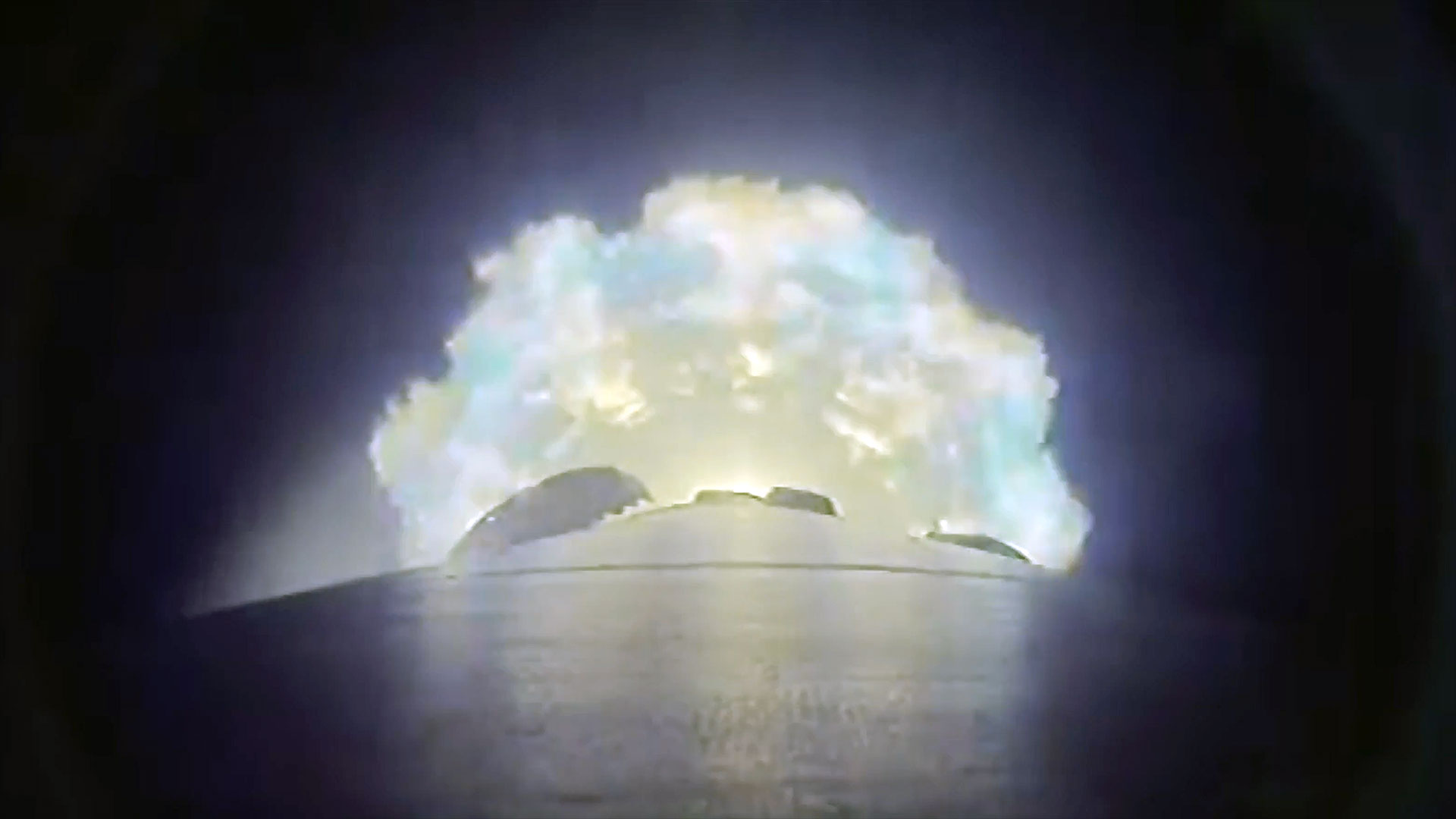Resist the 'Dark Side' of Moon Names: The Lunar Farside Is Plenty Bright
Pink Floyd has a lot to answer for when it comes to popular ideas about the moon, but here's how to always keep your lunar sides straight.
Let's start with the farside, where China's Chang'e 4 lander touched down yesterday (Jan. 2), making China the first country to land a spacecraft there. Our moon has a nifty trick: It's tidally locked to Earth, which means that one half of the lunar surface always faces us, while the other half always faces away from us.
Logistically, this happens because the speed of the moon's rotation around its axis matches the speed at which the natural satellite orbits Earth. The tidal lockstep means that humans can't see the far side of the moon without sending a spacecraft there, which first happened in October 1959, with the flight of the Soviet Union's Luna 3 probe. [Watch: China's Historic Landing on the Moon's Far Side!]
But some cultures tend to associate the unexplored with the dark, and a major rock album certainly doesn't help that. (Pink Floyd released the album "The Dark Side of the Moon" in 1973.) Also likely unhelpful is an instinctual response to counter that misconception by arguing that there is no dark side of the moon.
Of course, there is a dark side of the moon. The moon is spherical and hit on one side by the sun's light, which means the other side must be in shadow. But as the moon spins, the terrain that's experiencing day or night changes, just as it does here on Earth.
However, the moon spins much more slowly than Earth does, which means that a lunar day cycle lasts nearly 709 hours or nearly 30 terrestrial days, according to NASA. That includes both the light and dark halves of a day.
All that taken together means that any given point on the moon's surface spends about two weeks in light, then another two weeks or so in darkness as the "dark side" slowly migrates around the moon.
Breaking space news, the latest updates on rocket launches, skywatching events and more!
The Chang'e 4 lander touched down just after sunrise at its landing site, promising the spacecraft about 14 terrestrial days of daylight. Farside: accomplished. Dark side: not yet.
Email Meghan Bartels at mbartels@space.com or follow her @meghanbartels. Follow us @Spacedotcom and Facebook. Original article on Space.com.

Meghan is a senior writer at Space.com and has more than five years' experience as a science journalist based in New York City. She joined Space.com in July 2018, with previous writing published in outlets including Newsweek and Audubon. Meghan earned an MA in science journalism from New York University and a BA in classics from Georgetown University, and in her free time she enjoys reading and visiting museums. Follow her on Twitter at @meghanbartels.

